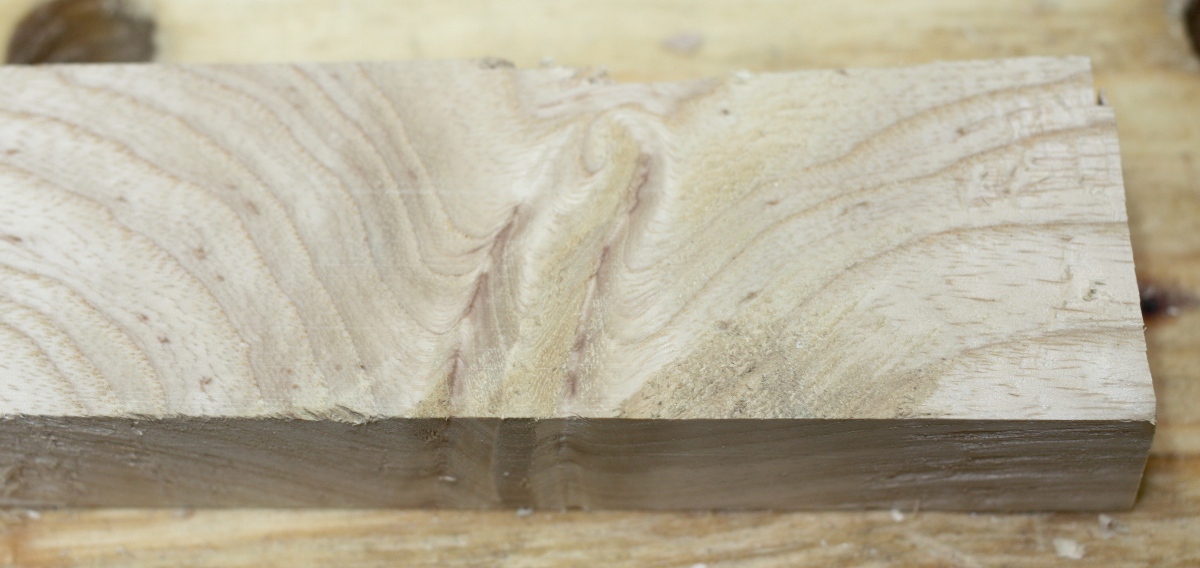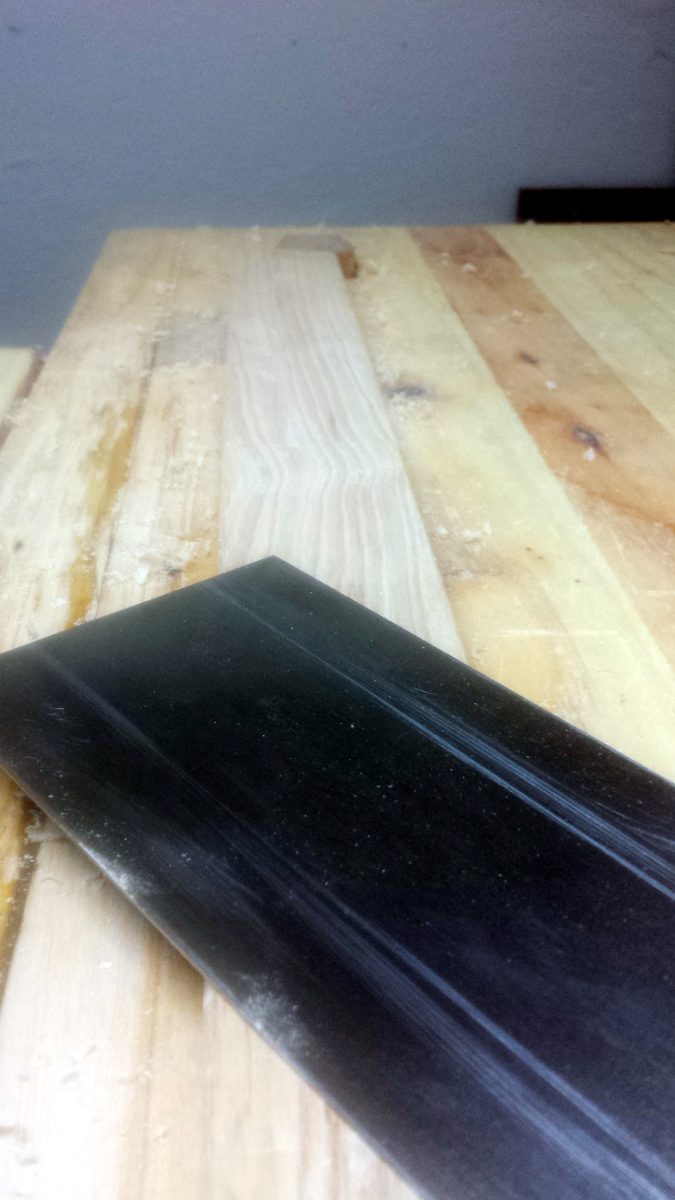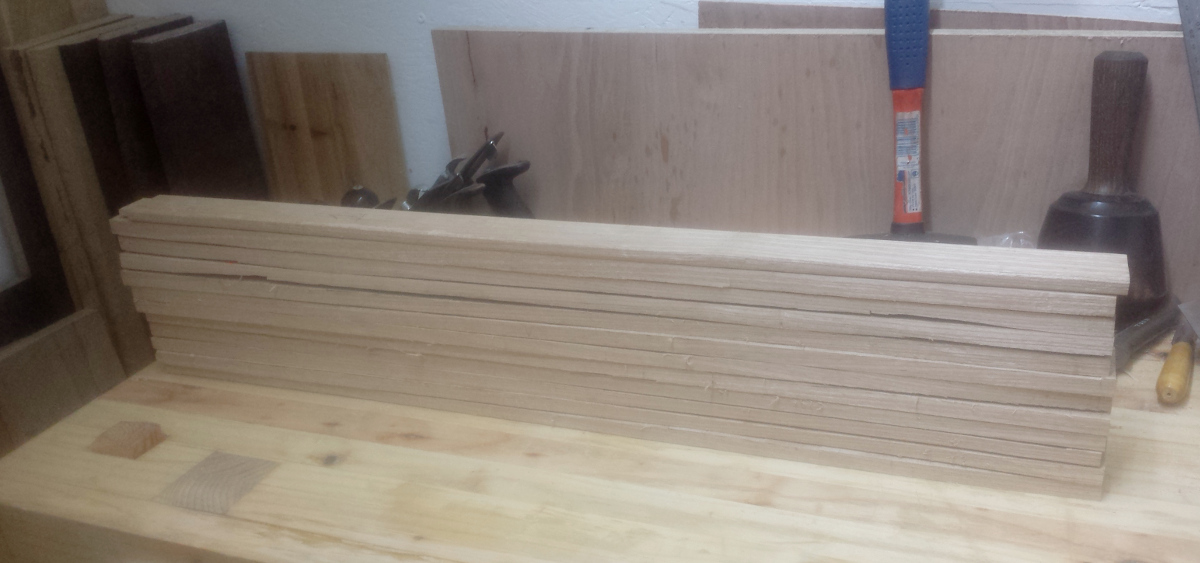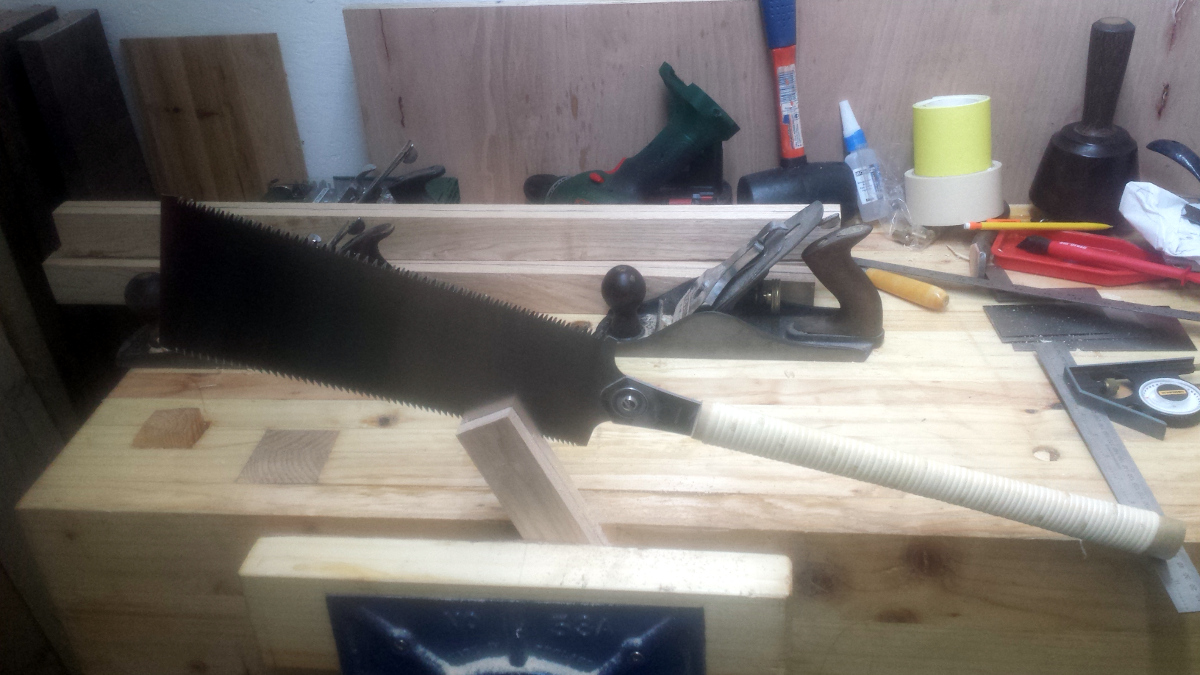In camera

So I was trying to get a nice photo of a piece of the grain on one of the spars last night that had slightly hinky grain and which had torn out even on the smoothing plane, but which the card scraper had done a lovely number on. The camera on the samsung S4 phone I use was just not picking out the detail very well. Then today a workmate (thanks Gary!) loaned me his Canon 450D to try out. Holy crap. I used a Pentax SLR a few decades ago, and one of the Fuji not-quite-a-DSLR camera a decade ago for photos of target shooting stuff, so I knew the DSLR was going to be good, but seriously, holy crap it’s just in a whole other category.
Here’s the un-post-processed images of that tear-out patch of grain (I’ve just resized the image to the same 1200×800 size in both).… Read the rest


